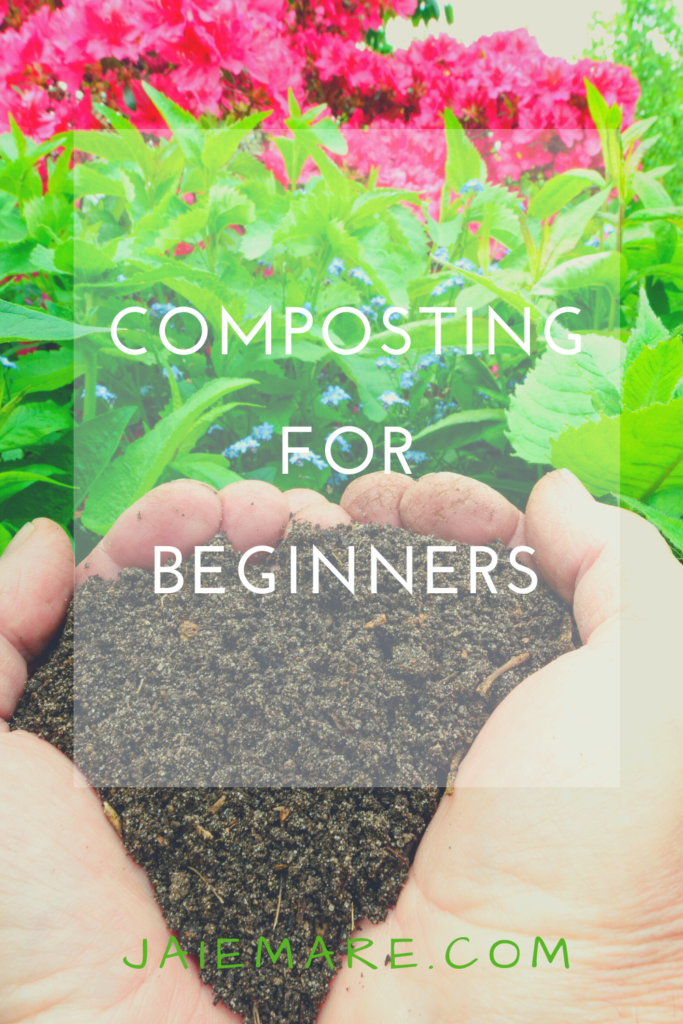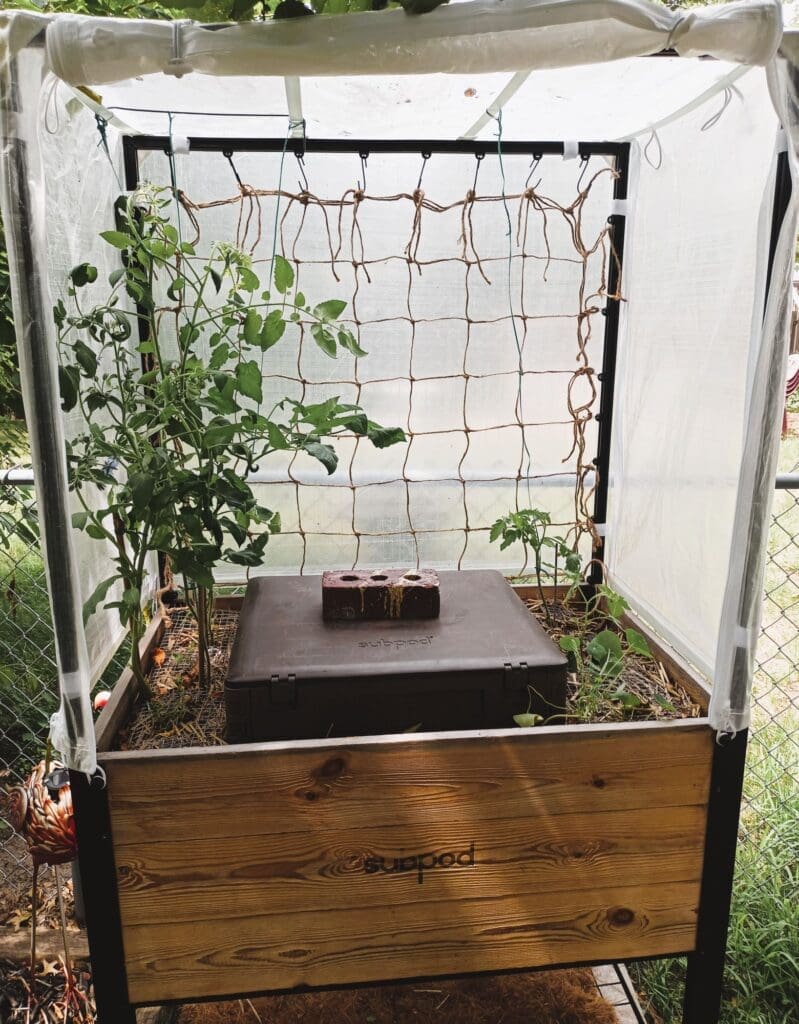HOW TO START COMPOSTING AT HOME FOR BEGINNERS PART II
1. HÜGELKULTUR GARDENING
Instead, I began the process of tackling yard waste outside with Hügelkultur gardening (pronounced “hoo-gul-culture”). The German word for “hill culture” or “mound culture”. The technique involves layering the organic material of tree trunks and branches at the bottom level of a bed.
This technique is perfect for raised garden beds. Before adding potting soil, topsoil, and compost, bury organic matter (tree branches, leaves, shredded paper) at the bottom level of the bed.
As the organic material decomposes, nutrients are added to the soil.
The process can take a minimum of 5 years to fully decompose. As the organic material rots, you will notice the soil level going down. Just top off the raised garden bed with topsoil and compost.
2. FOODCYCLER
I was still looking for a composting alternative solution to converting kitchen waste into something I could use in my flower and veggie gardens. How could I reduce food volume and haul out less garbage every week?
The FoodCycler is an indoor electric composter bin that uses a grinding system to break down food scraps, meat, and bones. Once completed, the volume of the food waste is reduced and broken down into small powder-like granules.
It’s small enough to sit on a countertop and quiet enough to have in the kitchen. I have mine in the garage and let it do its job overnight.
Since it is indoors, no need to worry about the outdoor winter elements coming in and affecting it.
3. SUBPOD
A couple of years ago, I came across a company called Subpod based out of Australia. They have a motto that speaks clearly, “Feed the Soil. Feed the World”. Making composting part of everyday life and diverting waste from landfills is their mission.
Traditional composting can take a lot of time and effort. The subpod is different from traditional above-ground composting like a compost tumbler which you have to turn every couple of days. The smell of rotting food can attract rodents and pests.
With as little as 5 minutes a day, anyone can turn kitchen waste into nutrient-rich compost. All you have to do is throw in the food waste, mix it, and let the vermicomposting worms do the work.
Check out this list of what you can compost.

Vermicomposting, or worm composting involves worms eating kitchen waste, using the worm manure (worm castings) to amend the soil, and turning it into dark nutrient-rich soil known as ‘black gold’.
The Subpod can be buried in the ground or a raised garden bed. Flowers and vegetables can be planted around the Subpod. Holes in the grow pod allow vermicomposting worms to move in and out of the pod aerating the soil.

There is another compost system called Modbed that works for those living in small spaces without a backyard. The Modbed looks great on balconies, patios, and rooftop gardens.
As the worms eat the kitchen waste, their poop (worm manure or worm castings) is left that can be used as a natural liquid fertilizer to make worm tea or sprinkled around plants as a slow-release fertilizer.
With underground composting, it stays underground. There is no smell and no mess.
Check out part 3 for additional ways to compost indoors.
